PHOTOVOLTAIC FARMS POMORSKIE
Photovoltaic farms, also known as solar power plants, convert solar energy into clean electricity. This is not only a green energy source, but also a huge opportunity for a sustainable future energy supply. While a small, backyard photovoltaic installation is used to produce electricity for personal use, while the purpose of the farm is to generate a large amount of energy, which is then sold.
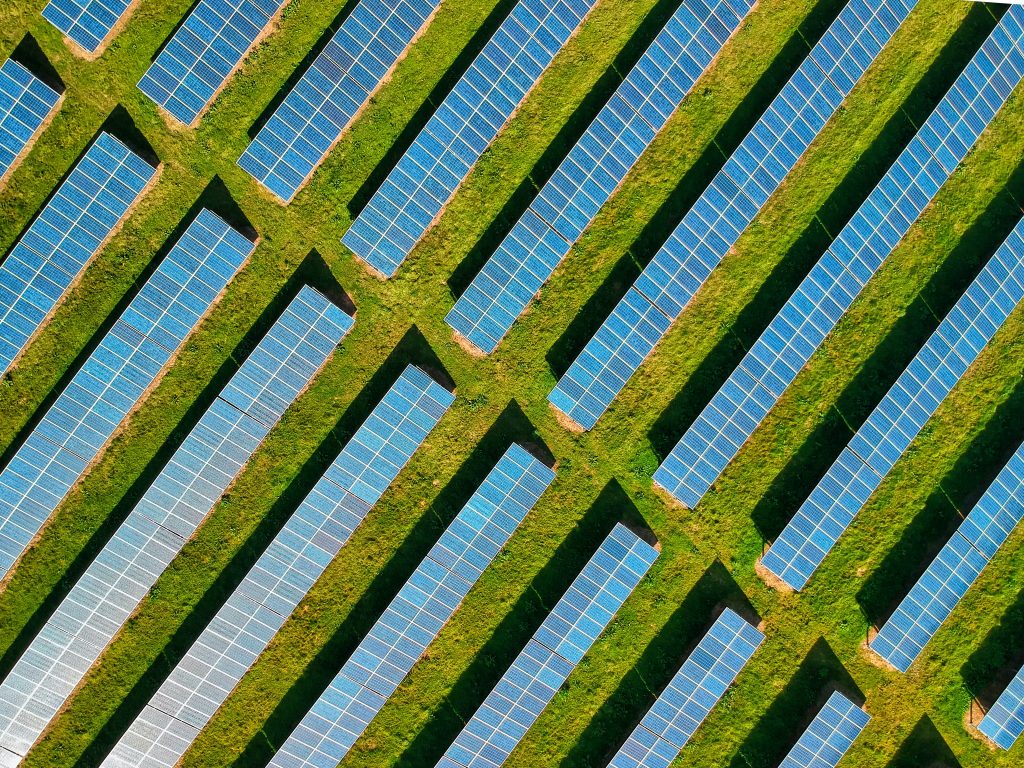
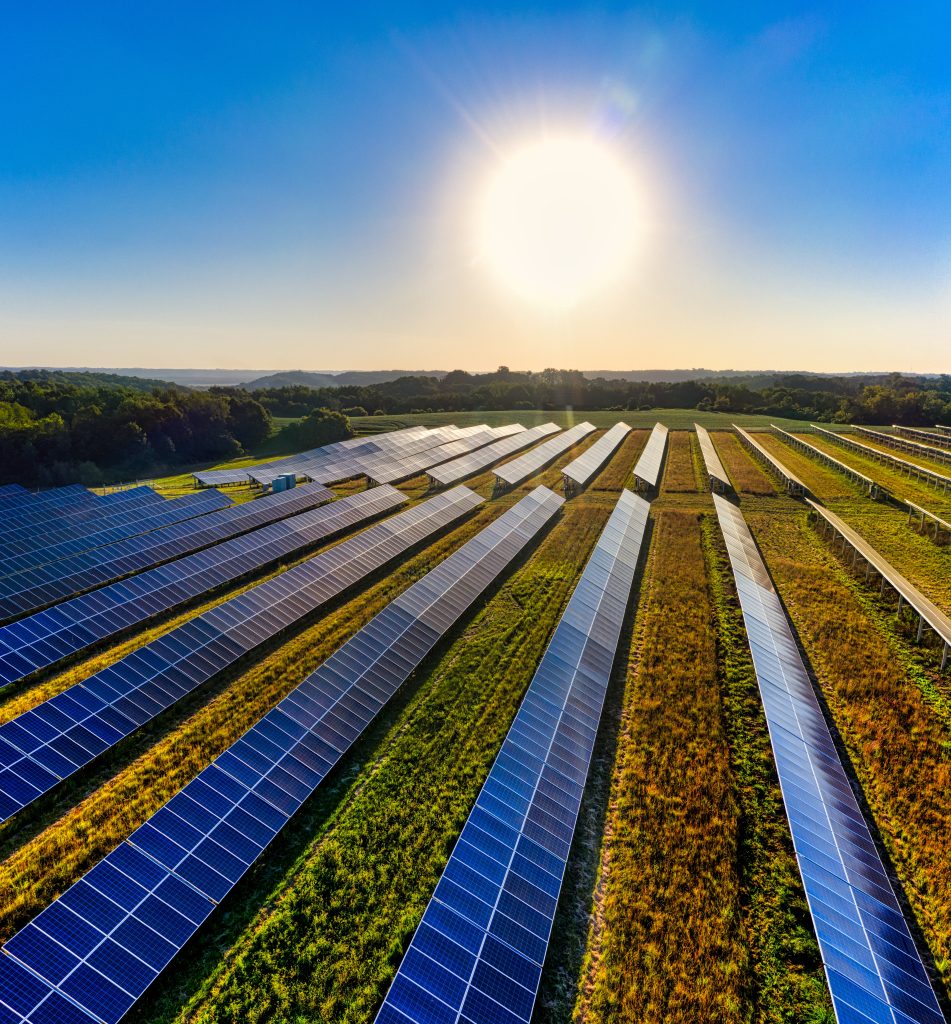
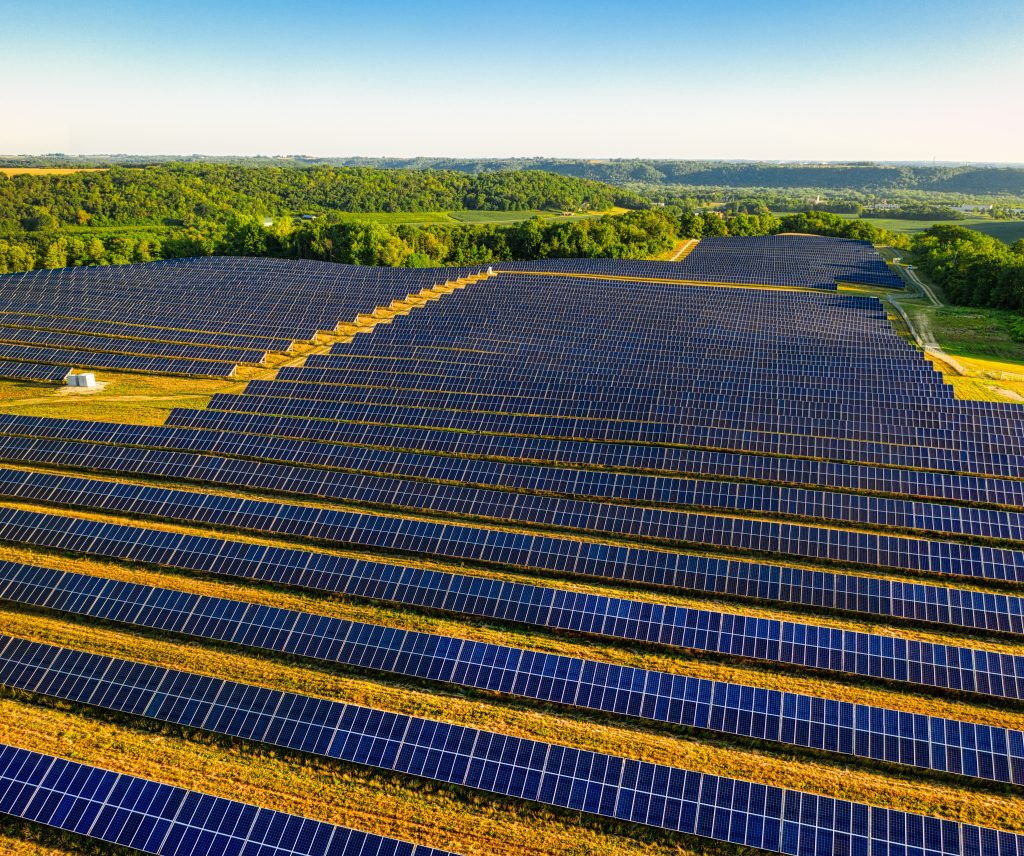
Photovoltaic farm - legal conditions
Photovoltaics are the future of energy and photovoltaic farms are a key part of this transition. It is an environmentally friendly and cost-effective solution that contributes to the fight against climate change and ensures a stable electricity supply. We are on the threshold of a new era in energy production and photovoltaic farms are at the forefront of this revolution. However, in order to proceed with the construction of a photovoltaic farm in Poland, we must meet specific formalities and have documents such as:
- If, for the plot of land on which we plan to install a photovoltaic farm, a local development plan exists - we must have a buildability document; if it does not exist - the development conditions.
- Conceptual design including: specifications of all equipment including inverters and panels; visualisation of the location of the farm on the site; full description of the investment and a detailed cost estimate.
- Connection conditions from the local distribution system operator. The electricity company is obliged to connect the installation, but the line in question may no longer have any spare capacity and it may not be economically justifiable to extend the line.
- Planning permission for installations over 150 kW capacity.
- Environmental decision - in most cases this is not required if the project does not run in a protected area.
- A concession for the sale of energy (issued by the Energy Regulatory Authority) and registration on the Polish Power Exchange.
Modern photovoltaic farm technology
Photovoltaic farms are constantly evolving thanks to modern technologies that innovate in the design, production and management of photovoltaic installations. One technology that maximises the production of electricity from photovoltaics is the use of trackers.
Solar trackers are tracking systems that are used to increase the efficiency of photovoltaic panels by continuously adjusting their angle in relation to the sun. This allows the panels to absorb more solar energy during the day.
Here is some key information on tracking systems:
- Types of trackers: There are two main types of trackers: single-axis and dual-axis.
- Single-axis trackers They rotate around a single axis, usually vertical. They are more common and suitable for areas with high sunlight and a relatively constant sun angle.
- Dual-axis trackers rotate around two axes, allowing for more accurate tracking of the sun throughout the day and throughout the year.
- Increasing productivity: With trackers, the energy production of photovoltaic panels can be increased by up to 20-45%, depending on the location and type of tracker. In addition to increasing the absorption of solar radiation, trackers also make it easy to get rid of snow build-up on the panels.
- Costs: Solar trackers are more expensive to install and maintain compared to fixed mounting systems. However, in many cases the additional energy produced by a system with a tracker can compensate for these additional costs within a few years. In addition, trackers can increase the use of the plot of land dedicated to photovoltaic modules.
- Applications: Trackers are often used in large-scale photovoltaic installations, such as PV farms, where even a small increase in efficiency can bring significant financial benefits. On a smaller scale, for domestic installations, the use of trackers is less common, mainly due to maintenance costs.
- Maintenance: Trackers require regular maintenance and inspection to ensure they are working properly. They have moving parts that can wear out over time.
- Security: Trackers can also have additional functionality - such as protection against wind or hail - in which case the system selects the safest settings.
Introducing a tracker to a photovoltaic system can be beneficial under the right conditions. However, it is worth carefully weighing the potential benefits against the additional costs and maintenance required.
If you have any questions, please feel free to contact our specialists

Savings
Although investing in a photovoltaic farm can be expensive at the outset, in the long term it brings significant savings on electricity bills.
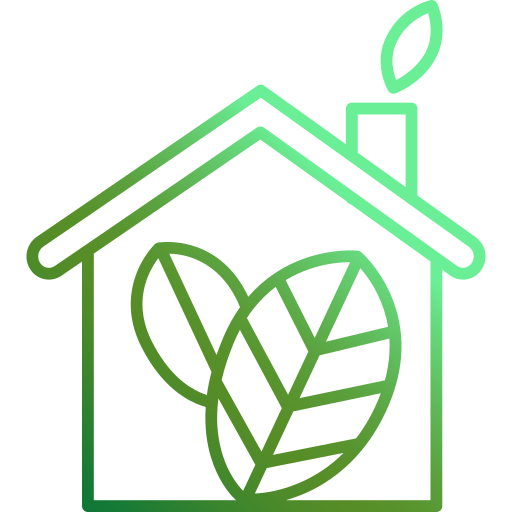
Ecology
In the face of the growing problem of climate change, photovoltaic farms are a green solution. They do not emit harmful greenhouse gases or air pollutants, helping to reduce our impact on the climate.
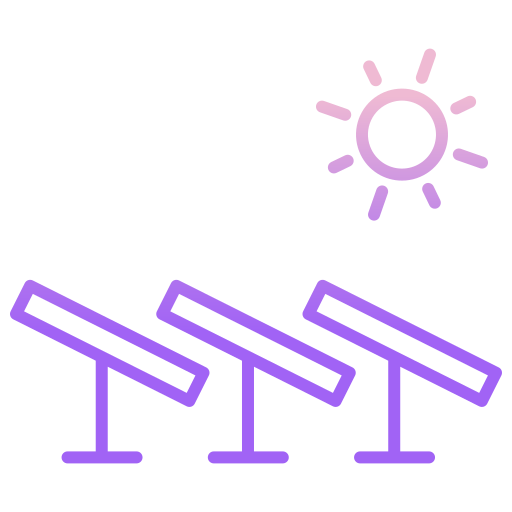
Sustainable development
Photovoltaic farms are a source of renewable energy, which means they do not emit greenhouse gases or other air pollutants. They help reduce our impact on climate change and protect the environment.
